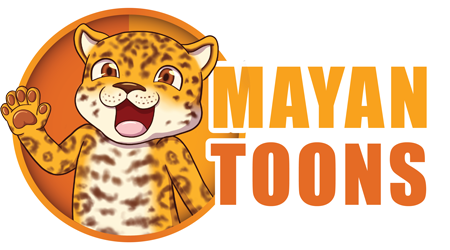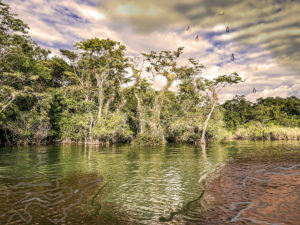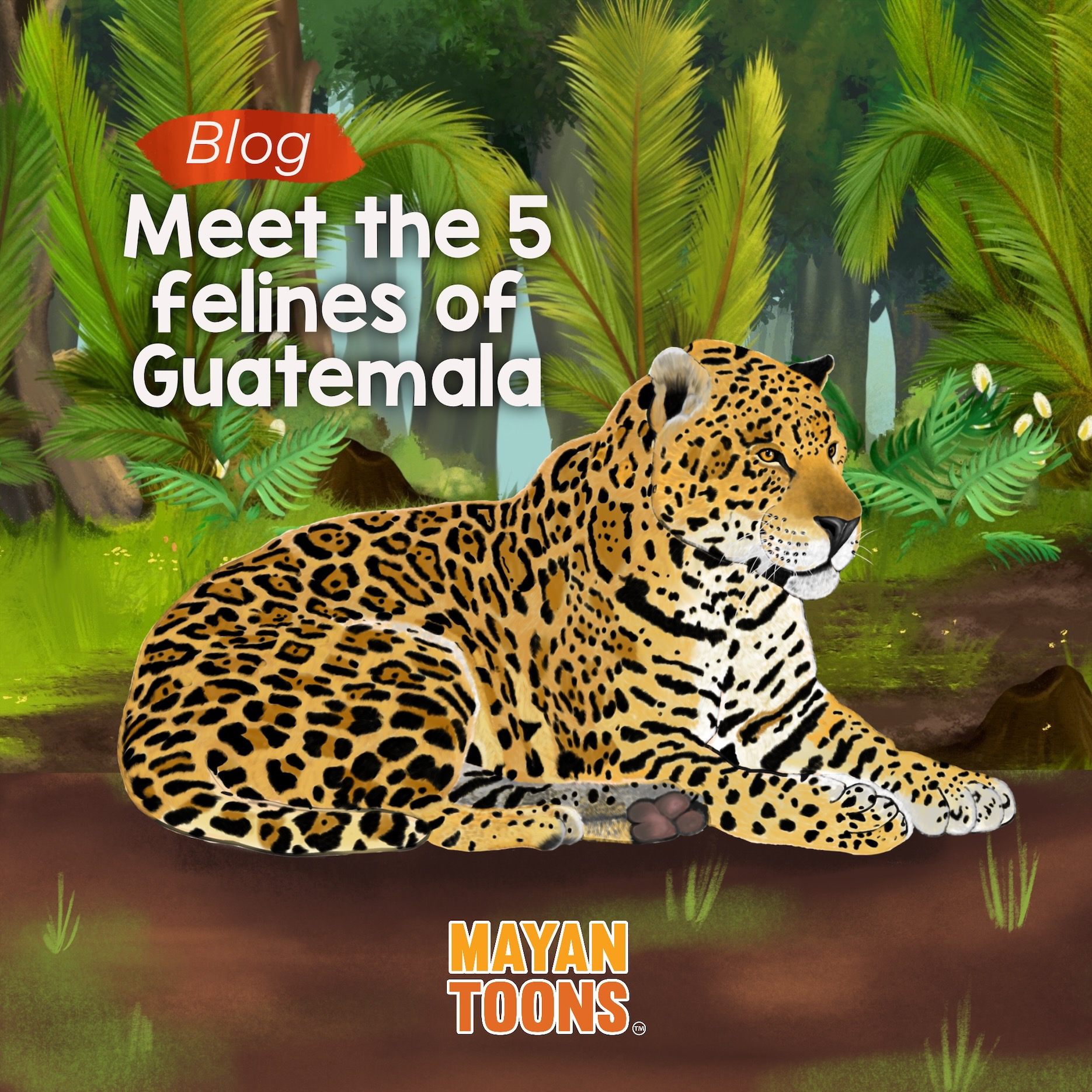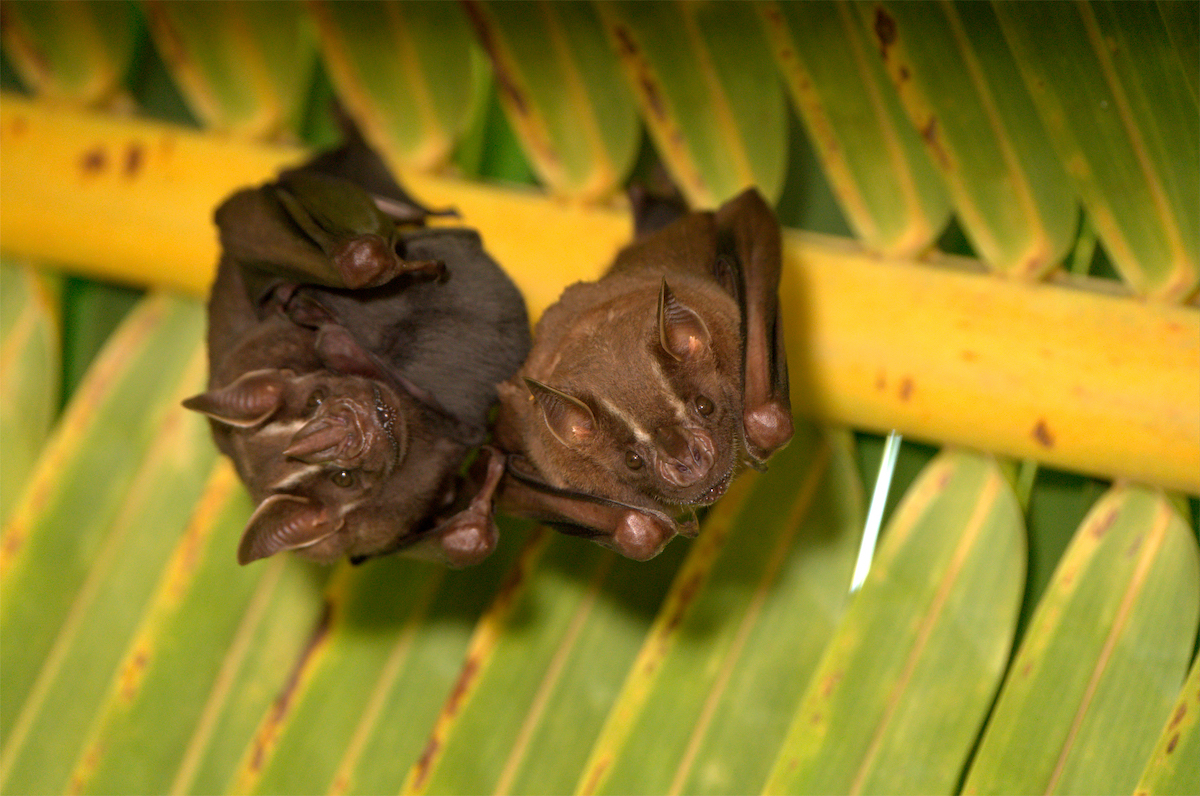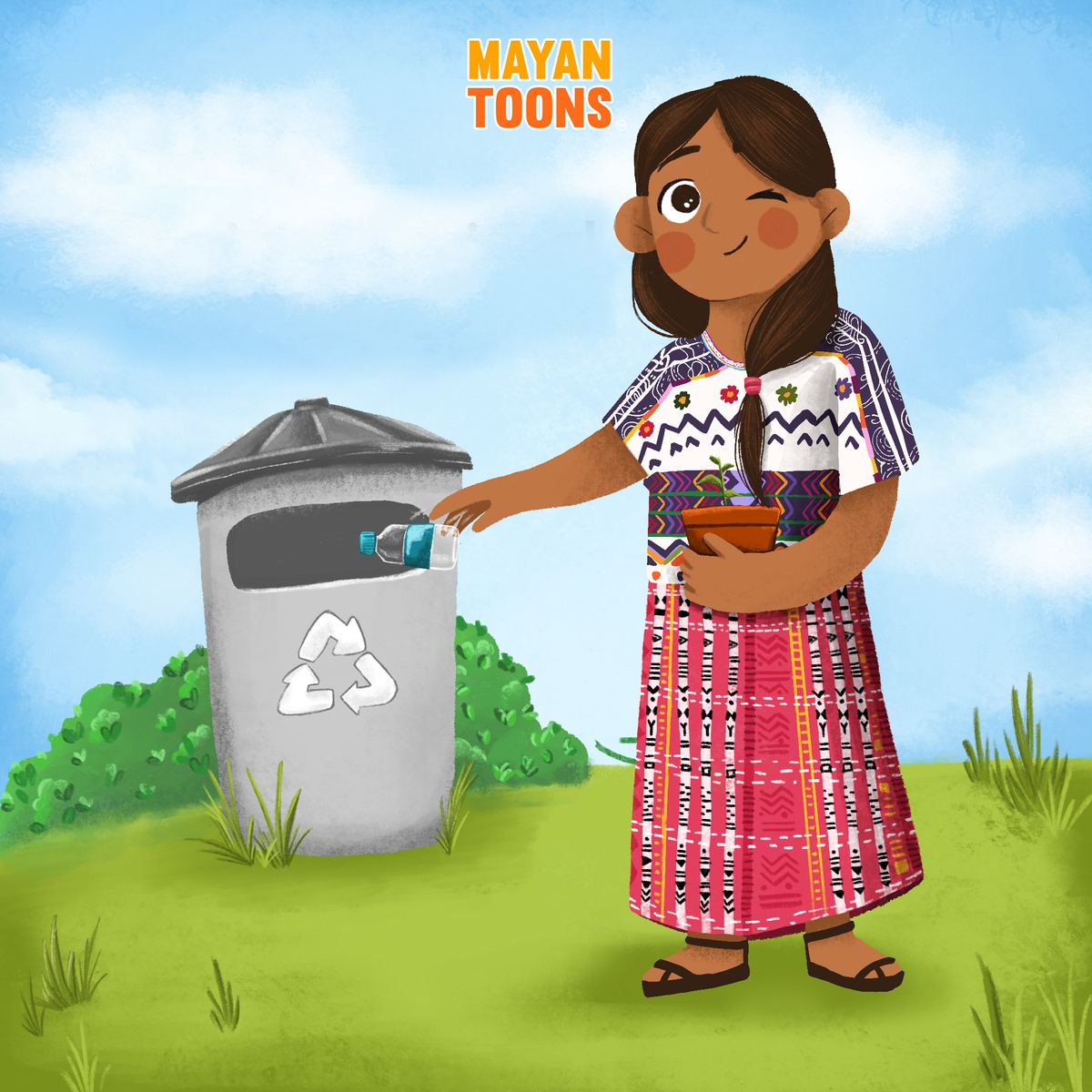
What is happening in the largest lake in Guatemala?
Most of the time people talk about how Guatemala has incomparable landscapes, how its forests and bodies of water are impressive, and how culture contributes to tourism in the country. But, what happens in the daily life of those who live near those rivers, those lakes, and lands? The Mayan Q’eqchi’ and Xinca people show with their constant struggles, demonstrations, and complaints that day by day is not as picturesque as it is painted. In Lake Izabal, -a lake that borders the Caribbean Sea-, there is a constant struggle by the Mayan Q’eqchi’ people for the defense of the water, flora, and fauna of this paradise, that all of us, as Guatemalans can enjoy.
Owner after owner, the nickel and ferronickel mine located in El Estor has operated against the real interests and needs of the people who have lived on these ancestral lands and who have sustained their families and communities for generations. The operations of Solway, a mine that was suspended in 2018 after various acts of violence and criminalization of Q’eqchi’ leaders, journalists, and fishermen’s associations, continues and does not rest until everything is extracted at the cost of the lives of indigenous communities.
But, before we go deeper, we must know more about Solway. The Solway Investment Group, with Russian-Swiss capital, is a company that in 2011 bought the Canadian company HudBay Minerals Inc., and the rights of the Guatemalan Nickel Company (CGN-Pronico) to develop the Fénix project in El Estor, Izabal. Which also acquired the following mining concessions: Niquegua Montufar I and II, Fénix, Chichipate, and Nabej the same year.¹ Said mine is not only dedicated to provoking acts of violence for both nature and people, with the support of the country’s authorities but also creates an environment of confusion and division within the affected communities.
In Q’eqchi’s communities where the levels of poverty and extreme poverty are high, this company has represented part of a vicious cycle where, based on corruption, manipulation, and threats to the leaders and the population in general. They maintain an environment of tension and uncertainty that provokes instability even among families.
On the other hand, as long as the mine continues to operate, the state of Lake Izabal will be at constant risk. For instance, in 2018, local fishermen noticed a red spot in the lake and called on government authorities to study and punish those who were polluting the lake. To which the authorities ignored and affirmed that there were problems with water treatment from the Polochic River. However, other studies led by a Brazilian biologist who specialized in water pollution, Lucas Barreto Correa, state that “All the results of the existing analyzes show clear evidence of elements characteristic of mining activities. […] There are inconsistencies in the official statements and more consolidated government information is needed on the contamination present in the lake.”²
As part of the Mayan people, I believe that the fact that we can continue talking about what is happening in our communities and inform in all possible ways is necessary so that it is known that our individual and collective rights as indigenous peoples cannot continue to be violated.
